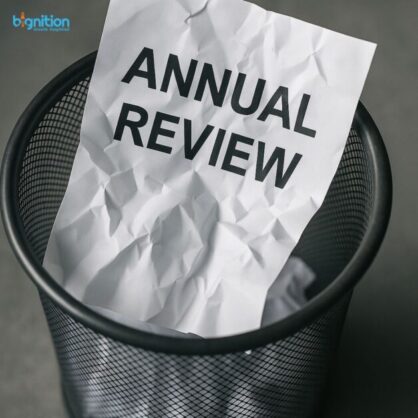How to Install Keystone Habits That Actually Stick.
Most people never change—not because they can’t, but because they don’t know how.
They try willpower. They start strong. Then they quit.
But high performers don’t count on motivation—they build systems. And one of the most powerful systems is called the Habit Installation Protocol: a 66-day framework for wiring in habits that transform how you sell, prospect, lead, and live.
Whether you’re trying to finally commit to consistent prospecting, master your differentiators, or stop defaulting to busywork, this framework gives you the roadmap.
Why Keystone Habits Matter.
A keystone habit is one that creates a ripple effect. It anchors your day, improves multiple areas, and changes your identity. For producers, that could mean:
-
Making daily prospecting non-negotiable
-
Writing and using 12 memorized wedges
-
Mapping out and owning your top 20 ideal accounts
-
Or monetizing the value you bring to clients
“If you just got great at five keystone habits a year, you’d be unrecognizable in five years.”
The 66-Day Habit Installation Protocol.
Forget 21 days. Research out of University College London shows it takes 66 days to fully wire a new habit into your brain.
Here’s how it breaks down:
Phase 1: Destruction (Days 1–22)
Break your old habit. Identify the cue that triggers it. Remove or block it.
Examples:
-
Turn off text notifications before prospecting
-
Avoid opening Outlook or LinkedIn first thing
-
Stop taking unqualified referrals just because they came easy
Phase 2: Installation (Days 23–44)
Build a new brain circuit. Keep the cue but change the response.
Examples:
-
Set a calendar block and follow the same script each day
-
Replace reactivity with focus mode
-
Pair your new habit with an existing one (e.g., write a wedge with your morning coffee)
Phase 3: Integration (Days 45–66)
Make it your new normal. Your new behavior happens automatically. You no longer need willpower.
“Everything you now find easy, you once found hard. Everything you find hard now will one day be easy.”
Impulse Control > Willpower.
Self-discipline isn’t about being a robot. It’s about mastering impulse control.
When distractions hit—calls, requests, email dings—you don’t react. You pause. You decide.
That’s how elite athletes and top producers operate. They don’t rely on motivation. They build systems.
How to Choose Your First Keystone Habit.
Ask yourself:
“If I installed just one new habit over the next 66 days, what would change my trajectory the most?”
Common examples:
-
90 minutes of deep prospecting each day
-
Saying no to unqualified referrals
-
Building out and working a list of your top 20 target accounts
-
Differentiating with world-class wedge mastery
-
Valuing the services you provide and communicating ROI clearly
Then write it down. Start tomorrow. Block the time. Stick with it.
Bonus Framework: Cue > Craving > Routine > Reward.
Use this flow to diagnose or design any habit:
-
Cue – What triggers the behavior? (time, place, emotion)
-
Craving – What are you actually seeking? (relief, success, stimulation)
-
Routine – What do you do next?
-
Reward – What do you get out of it?
If your current routine doesn’t serve your purpose, rewire it—consciously.


